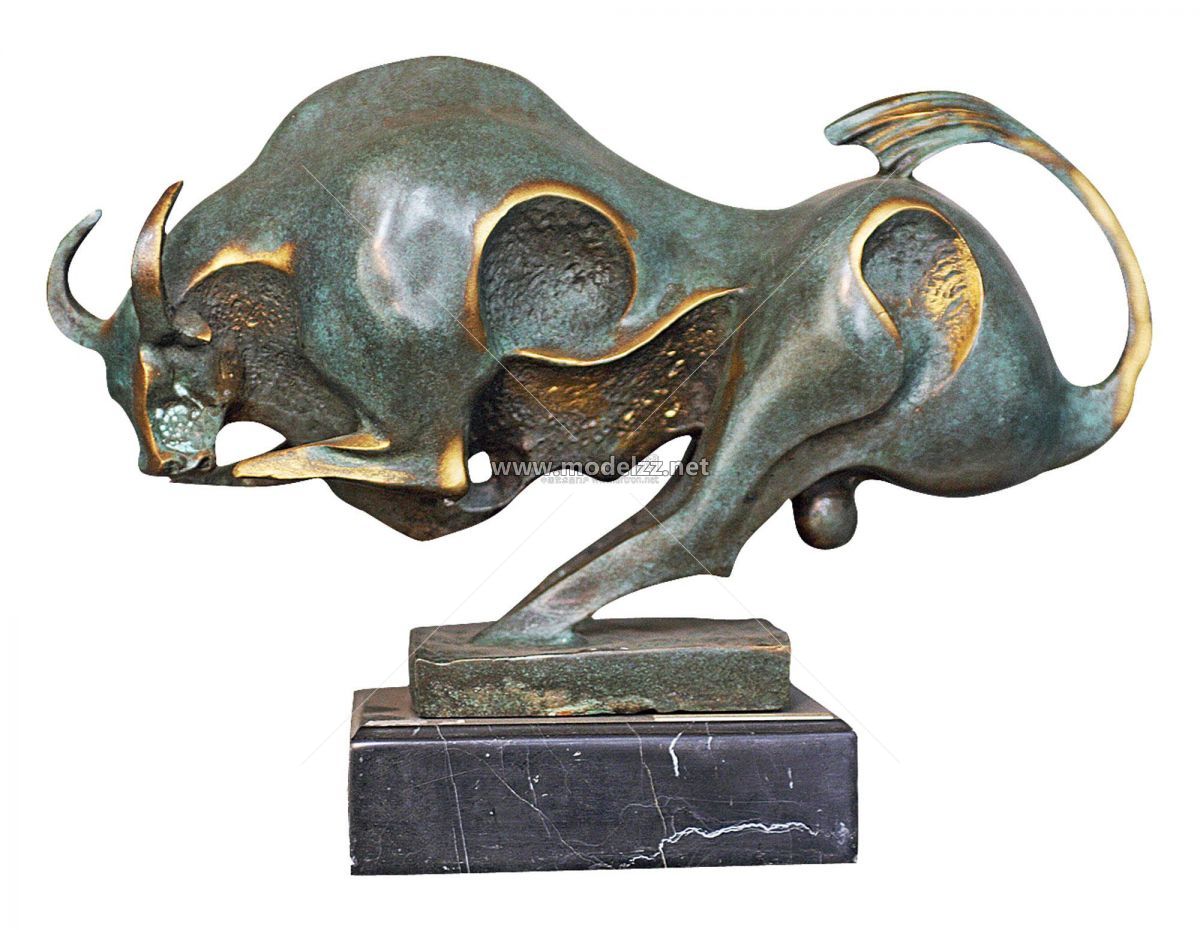Copper sculptures get rusty easily in the humid air and oxidized into black copper, and the copper oxide on the surfaces continues to interact with the carbon dioxide in the air, creating a layer of copper green called verdigris. In addition, copper also interacts with the hydrogen sulfide in the air to produce a black copper sulfide. It is the reaction of copper with oxygen, carbon dioxide and water and other substances in the air, also known as copper rust or verdigris.

Now matter it is the cast copper or forge copper sculptures, green verdigris maybe produced on them easily. We need to keep professional maintenance and to remove it with specific methods. The previous removal method is relatively simple and destructive by using hammer knife, chisel, hammer, chisel to remove rust. Some rust is too strong to remove, so we can use the copper rust softening decomposing, and then dig clean with a knife, and rinse with water.

Now artisans work with more effective ways. For small size statues, we use acetic acid liquid to clean and resolve rust stains, clean with water afterwards. Those rub copper liquid can react with with verdigris to produce blue Copper ammonia complex, easy to clean. Besides, sandblasting cleaning can remove rust oxide, dry dirt, sand or paint from the metal surface.You need to consider the hardness, density, particle size and shape during the specific abrasive process.
The most important tip than verdigris removal is to effectively protect the sculpture itself. In order to protect the corroded bronze sculptures, the corroded bronze sculptures are cleaned with distilled water, and then seal the rust area with silver oxide, and then the surface is sealed with benzparallel triazole. This comprehensive protection method is one of the more ideal methods so far.

